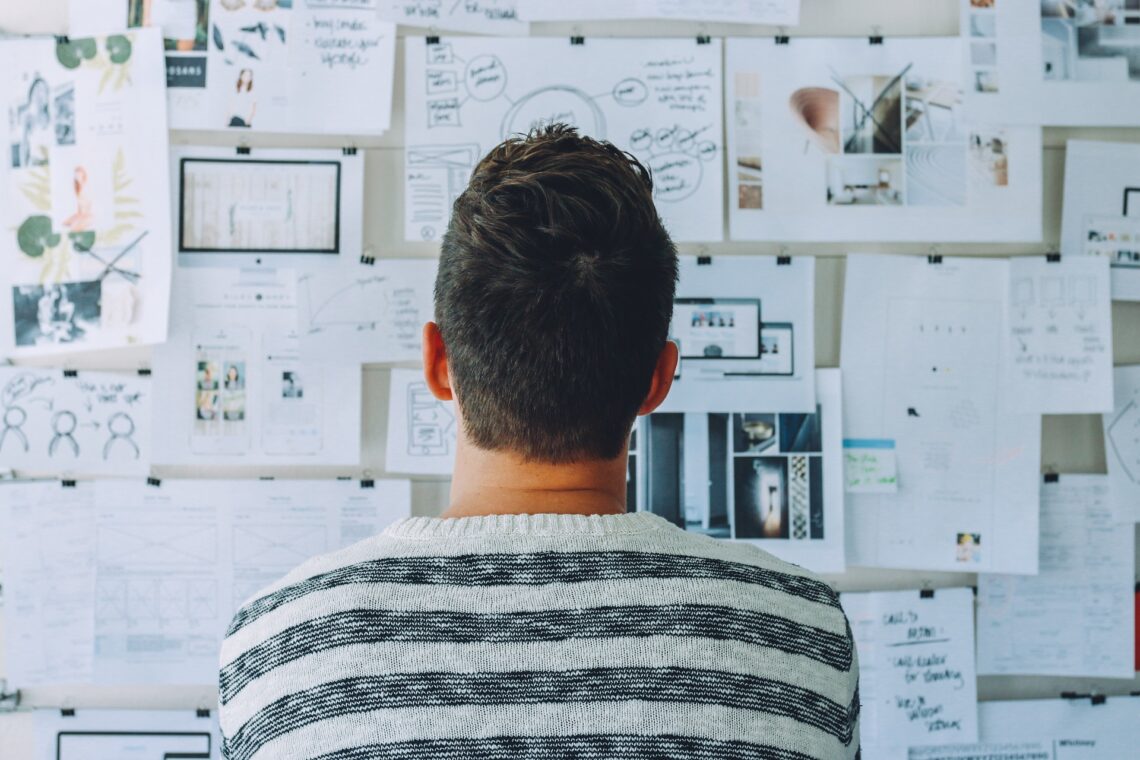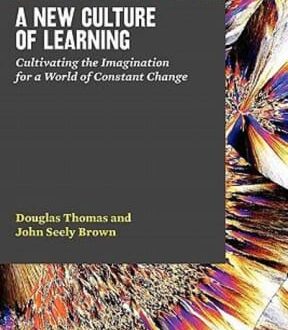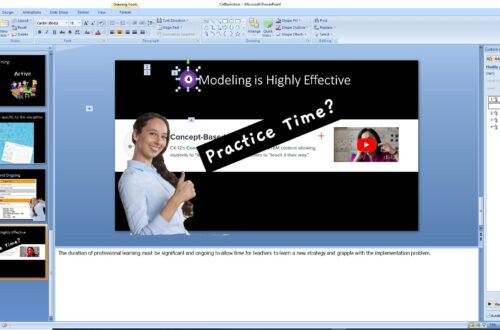
Innovation Plan
This Innovation plan walks through the process of implementing student directed blended learning in a station rotation for the purpose of learning astronomy that is geared towards emerging adults in high school for the preparation of higher education or workforce entrance.
Content Objectives will be an overview of what the student will learn and perform.
Learning Expectations are the minimum requirements before a student should progress to the next phase.
Cycles set by 9 weeks for the purpose of project based learning aspect.
Weeks set as a range to deal with skill gaps of students.
Stage 1 of 2: Two months/9-week goals
Phase 1: Understand how to use the Internet as a Resource. (weeks 1-6)
Content Objective: Students will understand how to properly navigate the internet for the purpose of academic learning.
- Responsible learning online by understanding how to properly search topics
- Learn how to navigate the internet for quality learning opportunities by verifying a credible website/source by analyzing the author, company, or source
- Students will become familiar with eLearning platforms and websites related to astronomy such as K12, NOVA, and NASA
Learning Expectations: Students can search, read, interpret, and analyze the information researched for the purpose of identifying quality sources with accuracy.
Phase 2: Understand how to Plan for Learning using Individual Learning Goals. (weeks 2-6)
Content Objective: Students will set their own learning goals by creating a personalized learning plan (PLP) (Horn & Staker, 2015).
- Students will use a teacher created tracking system to ensure points of learning are met
- Students will become familiar with learning goals by using the year at a glance to understand what learning objectives should be learned and the time frame
- Students will be introduced to the process of analyzing concepts to create a plan of action for the purpose of learning
- Students will self-assess to find learning gaps using the eLearning platform on K12 and teacher created eLearning assessment based on skill level.
- Students will use a reflective journal (Implementation via e-portfolios) for the purpose of maintaining a learning record.
Learning Expectations will be met once the student can correctly create a PLP and assess for competency.
Phase 3: Growth Through Reflection (weeks 9)
Content Objective: Students will self-reflect on their projects and those of their peers and create an action plan for future growth opportunities.
- Students will use a teacher self-assessment method to help them identify their strengths and weaknesses while comparing their projects with their peers for the goal of providing opportunity for educational growth.
- Students will use a reflective journal (e-portfolios) for the purpose of documenting their self-assessment highlighting the growth opportunities for future projects.
Learning Expectations will be successfully met once the student can identify their strengths and weaknesses and create a comprehensive plan to modify their actions.
Phase 4: Station Rotation (weeks 3-9)
Content Objective: Students will utilize blending learning processes through station rotation to meet their PLP.
Students will be placed into small groups as they move through the learning stations
Station 1: Internet Research (20 Minutes) Station 2: Teacher led – Collaboration (20 Minutes) Station 3: Reflecting Journal (20 Minutes)
- Students will use the concept of feed-forward in the collaboration group regarding their Learning Expectations.
- Students will successfully research topics based on the PLP
- Students will write in their Reflective Journal regarding the concepts they learned.
Learning Expectations will be met once the student demonstrates the ability to analyze new information, competently discuss, and journal the concepts they learned for the purpose of answering research questions,.
Phase 5: Reflection and Self-Analyzing (weeks 4-6)
- Students will self-assess their learning and reflect on their learning strategies
- Students will become familiar with learning goals by using the year-at-a-glance to understand what learning objectives should be learned and the time frame, Texas Essential Knowledge and Skills (TEKS-Based)
- Students will modify their learning as needed based on their self-reflection and assessments
Learning Expectations will be met once when the student has the ability to recognize weakness in their plans and reorganize the learning plan or strategies.
Content Objective: Using project based learning the students will display their scientific understanding based on their current progress.
Phase 6: Authentic Learning Opportunity (weeks 6-8)
Content Objective: Students will self-assess their ability to track their own goals to meet their learning strategies while reorganizing and planning as needed.
- Students will self-assess their learning and reflect on their learning strategies
- Students will become familiar with learning goals by using the year-at-a-glance to understand what learning objectives should be learned and the time frame, Texas Essential Knowledge and Skills Based (TEKS)
- Students will modify their learning as needed based on their self-reflection and assessments
Learning Expectations will be met once when the student has the ability to recognize weakness in their plans and reorganize the learning plan or strategies.
Phase 7: Authentic Learning Opportunity (weeks 6-8)
Content Objective: Using project based learning the students will display their scientific understanding based on their current progress.
- Students will create their project based on possible topics that apply to their PLP
- Students will display their learning through various physical means with the purpose of displaying the scientific concept
- Students will assess themselves by receiving feed-forward from their peers regarding their project and make corrections as needed
Stage 2 of 2: Year Goal by 9-week cycles
Phase 8: Station Rotation (weeks 1-9)
Content Objective: students will utilize blending learning processes through the station rotation to meet their PLP.
- Students will self-assess their learning and reflect on their learning strategies
- Students will create their own tracking system to ensure points of learning are met
- Students will become familiar with learning goals by using the year at a glance to understand what learning objectives should be learned and the time frame (TEKS
- ased)
- Students will modify their learning as needed based on their self-reflection and assessments
Learning Expectations will be met once when the student has the ability to recognize weakness in their plans and reorganize the learning plan or strategies.
Students will be placed into small groups as they move through the learning stations
Total Class time 52 minutes
Station 1: Internet Research (20 Minutes) Station 2: Teacher led – Collaboration (20 Minutes) Station 3: Reflecting Journal (20 Minutes) Station 4: Student Lead Collaboration (10 Minutes)
Learning Expectations will be successfully met once the student has demonstrated their learning in a scientific manner based on their PLP.
Phase 9: Growth Through Reflection (weeks 9)
Content Objective: Students will self-reflect on their projects and those of their peers and create an action plan for future growth opportunities.
- Students will use a teacher self-assessment method to help them identify their strengths and weaknesses while comparing their projects with their peers for the goal of providing opportunity for educational growth.
- Students will use a reflective journal (e-portfolios) for the purpose of documenting their self-assessment highlighting the growth opportunities for future projects.
Learning Expectations will be successfully met once the student can identify their strengths and weaknesses and create a comprehensive plan to modify their actions.
References:
Horn, M. B., Staker, H., & Christensen, C. M. (2015). In Blended: Using disruptive innovation to improve schools. essay, Jossey-Bass.





